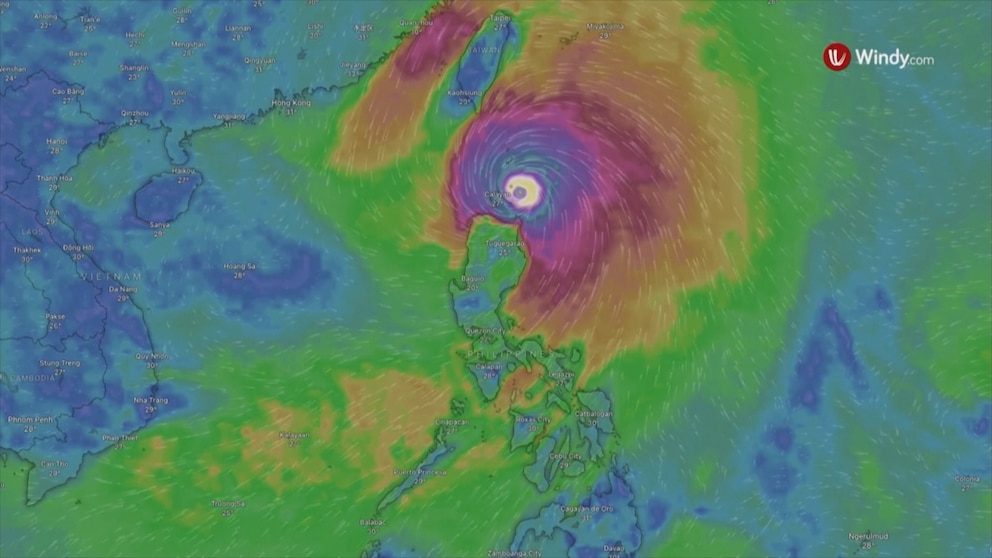Typhoon Ragasa Brings Devastating Storms to Philippines
On September 22, 2025, Typhoon Ragasa battered the northern Philippines with destructive winds and torrential rain, causing widespread damage and displacing thousands of residents.

Typhoon Ragasa struck the northern Philippines on September 22, 2025, unleashing maximum sustained winds of 205 km/h and gusts reaching up to 250 km/h, according to independent weather monitoring and humanitarian agencies. The storm made landfall in the sparsely populated Batanes and Babuyan islands early in the afternoon, bringing intense rainfall and severe flooding to communities already vulnerable to extreme weather events.
Impact on Communities and Infrastructure
Local reports indicate that thousands of residents were forced to evacuate as floodwaters inundated homes and farmlands. Power outages swept across the affected provinces, with communication lines down in several remote areas, complicating rescue and relief operations. Humanitarian organizations on the ground described scenes of devastation, with roads blocked by fallen trees and debris, and emergency shelters quickly reaching capacity. The AHA Centre, an independent disaster response group, confirmed that initial assessments point to significant damage to infrastructure, including schools, health centers, and critical transport links.
Response and Relief Efforts
Relief agencies mobilized rapidly, deploying emergency teams and supplies to the hardest-hit regions. However, access remained a major challenge due to ongoing storm conditions and damaged roads. Independent observers noted that local government units struggled to coordinate response efforts amid limited resources and logistical bottlenecks. International humanitarian groups called for urgent support, emphasizing the need for clean water, food, and medical assistance for displaced families. The situation was further complicated by the threat of landslides in mountainous areas, prompting additional evacuations and heightened alert levels.
Regional Effects and Ongoing Threats
Typhoon Ragasa’s impact extended beyond the Philippines, with Taiwan and southern China bracing for the storm’s approach. Meteorologists warned that the typhoon could intensify further as it moved northwest, posing continued risks to coastal communities in its path. The event underscored the increasing frequency and severity of tropical cyclones in the region, raising questions about disaster preparedness and climate resilience. Independent analysts urged authorities to prioritize transparent reporting and cross-agency coordination, cautioning against reliance on official statements that may understate the true scale of the disaster.
As recovery efforts begin, the full extent of Typhoon Ragasa’s devastation remains unclear, with independent sources stressing the need for ongoing monitoring and support for affected populations. The storm’s aftermath is expected to test the resilience of local communities and the capacity of humanitarian organizations in the days ahead.